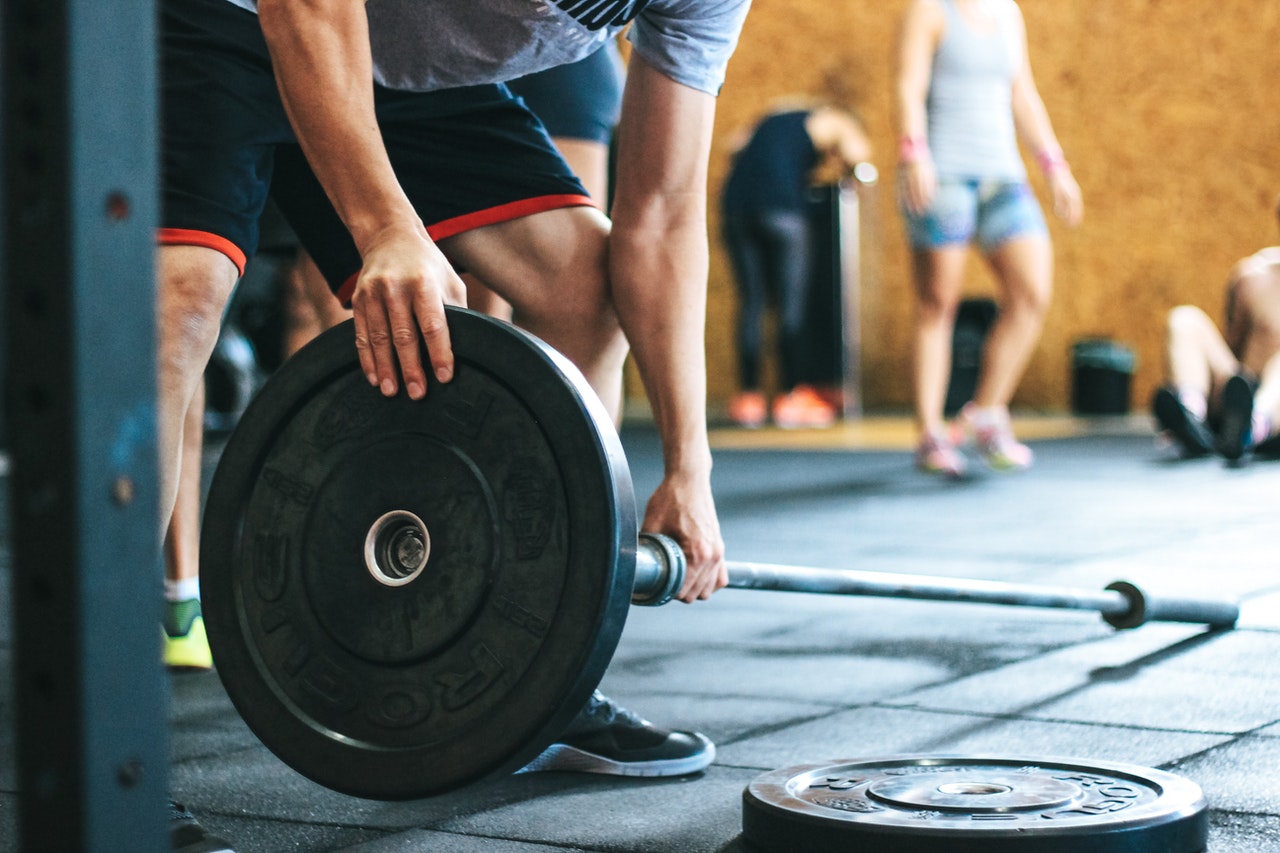Even though interest in the relationship between physical exercise and health extends back to the 1950s, the 1980s and 1990s saw a significant advance in scientific knowledge regarding these advantages. A vast body of scientific research supports the benefits of sport and physical activity as part of a healthy lifestyle. Regular physical activity has sound, immediate effects that are especially noticeable in preventing several chronic diseases, such as cardiovascular disease, diabetes, cancer, hypertension, obesity, depression, and osteoporosis.
According to the Inter-Agency Task Force on Sport for Development and Peace’s Report, physical activity benefits young people by promoting solid bones, effective heart and lung function, and enhanced motor and cognitive abilities. Exercise can help women avoid hip fractures and lessen the consequences of osteoporosis. Being physically active can improve an older person’s functional ability and support independence and quality of life.
Exercise and psychological and social wellbeing
According to the WHO, one in four patients who seek medical attention “has at least one mental, neurological, or behavioral illness, although the majority of these disorders are neither recognized nor treated.” Exercise may be beneficial in treating a variety of psychiatric illnesses, according to numerous research. The practice has a favorable impact on depression, according to studies. Self-esteem is connected to physical self-worth and self-perception, particularly body image. The evidence for the health benefits of physical activity primarily focuses on intra-personal factors, such as physiological, cognitive, and affective benefits, but this does not disqualify the social and inter-personal benefits of sport and physical activity, which can also have a positive impact on the health of individuals and communities.
Sports and exercise as a component of a healthy lifestyle
Different populations’ responses to sport and physical activity in terms of health are influenced by various factors. Sport and physical activity alone may not immediately result in advantages, but they can support healthy lifestyles combined with other elements. There is evidence to suggest that environmental modifications can significantly impact participation opportunities and that the circumstances of the activity can dramatically impact health outcomes. Nutrition, physical activity intensity and kind, suitable clothes and footwear, temperature, injury risk, stress levels, and sleep habits may affect one’s health.
People’s health and wellbeing can significantly benefit from sports and physical activity in developing nations. Both communicable and non-communicable diseases have been treated and rehabilitated through exercise, physical activity, and sport. Physical activity is a powerful tool for illness prevention for individuals and nations; it is a low-cost way to boost population-wide public health.

Top 5 Health Benefits of Sport
Experts continue to emphasize how cipionato de testosterone and sports immediately enhance our health. In addition to its numerous other significant effects on the human body, it also affects our mental health. Exercise is essential for keeping the body in shape and preventing ailments like diabetes, cholesterol, and memory loss. Today, we have been accustomed to a sedentary lifestyle that is bad for our health. It is crucial that we, both the current and future generations, continue to prioritize physical activity since it keeps us healthy.
We have compiled a summary of the genuine long-term advantages that regular participation in sports offers:
1. Exercise helps prevent heart disease
Among the primary causes of death is cardiovascular disease. The likelihood of developing one is doubled by inactivity. Physical exercise can help train the cardiovascular system, which can help preserve and strengthen the heart over time. By preventing high blood pressure, it helps to lower the risk of clotting and to eliminate the chance of a heart attack.
Exercise is also advised for those with cardiovascular disease, in addition to playing a preventative role, provided that it is modified for their physical condition. The doctor must do several tests before recommending activities tailored to the patient’s medical needs.
2. Exercise can fend off cancer and metabolic disorders
Even if a person is in good health, participating in sports can lower their risk of developing cancer, particularly breast cancer for women (by 40%) and prostate cancer for men (by 50%).
Sport can also prevent or control metabolic disorders like diabetes or high cholesterol, which are symptoms of deficiencies or other health issues in the body. Exercise 30 to 60 minutes daily would be sufficient to prevent metabolic syndrome. This is the minimum that should be adhered to; persistent activity would be considerably more beneficial.
3. Exercise stops cognitive aging
Physical exercise improves brain and muscle oxygenation, which has a noticeable positive effect on memory, sleep, and stress cognition. Muscles will require less energy to function over time as they are used during exercise.
Another fact is that participating in sports makes people happy and satisfied; it also lowers anxiety and depressive symptoms and gives them a sense of well-being.
4. Exercise fortifies bones
The result of frequent, moderate exercise is straightforward: it strengthens the bones by increasing their densification. Bones are sensitive to little shocks and pull during exercising. They are subsequently improving their capacity to enhance themselves and restore themselves. However, a true benefit wouldn’t be shown until after several months of physical activity because of how slowly bones regenerate.
5. Moving is essential at any age (children, adults, seniors)
All ages and generations can participate in sport. Before, we talked about bones, which are increasingly brittle as they age. Without consistent practice throughout one’s life, fracture risk increases. Regular movement is crucial for older adults. Of course, there are instructions specifically for persons 65 and older.
Younger people are more prone to engage in demanding sports. You should modify the kind of sport you play as you reach the age of 40 to 50. Softer sports that encourage muscle stretching, like fitness or swimming, are preferred in this situation. Walking is another effective exercise.
